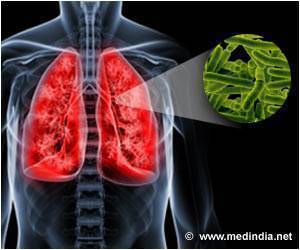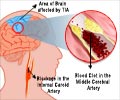Despite the availability of effective stroke treatments, nationwide ambulance use by patients suffering from a stroke has not changed since the mid-1990s.

The study, led by Dr. Hooman Kamel, a neurologist at NewYork-Presbyterian Hospital/Weill Cornell and assistant professor of neurology at Weill Cornell Medical College, analyzed data collected by the National Hospital Ambulatory Medical Care Survey (NHAMCS) between 1997 and 2008.
"People do not always recognize the seriousness of stroke symptoms, or instead of calling 911, they may call their primary care physician for an appointment and lose valuable time as the damage becomes irreversible," says Dr. Kamel.
Based on 1,605 cases, the study found that just 51 percent of adults diagnosed with stroke in emergency departments nationwide arrived via ambulance, with no significant change over the 11-year span.
Dr. Kamel says recovery is possible with early treatment. "We have drugs and surgeries that can minimize brain damage from a stroke, but they can be used only within a few short hours. When stroke victims or bystanders quickly recognize the symptoms of a stroke and call 911, patients are more likely to arrive in time to receive these treatments."
The study was co-authored by Dr. Babak Navi, director of the Weill Cornell Stroke Center and assistant professor at Weill Cornell Medical College, and Dr. Jahan Fahimi, an emergency physician and assistant professor at the University of California, San Francisco.
Advertisement
According to the National Institute of Neurological Disorders and Stroke, you should call 911 if you experience any of these symptoms.
Advertisement
- Sudden numbness or weakness of the face, arm or leg, especially on one side of the body
- Sudden confusion, trouble speaking or understanding
- Sudden trouble seeing in one or both eyes
- Sudden trouble walking, dizziness, loss of balance or coordination
- Sudden, severe headache with no known cause
Source-Eurekalert















